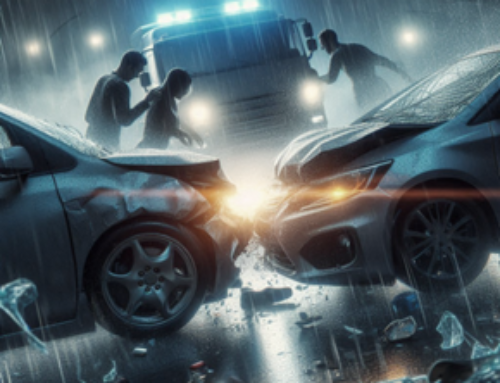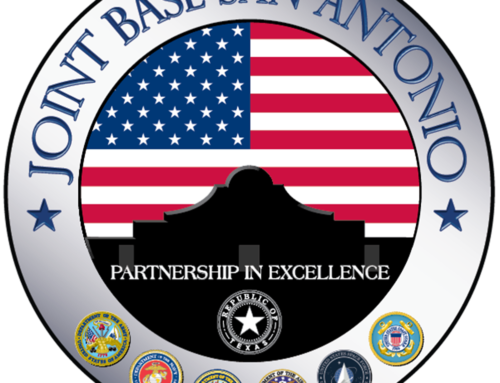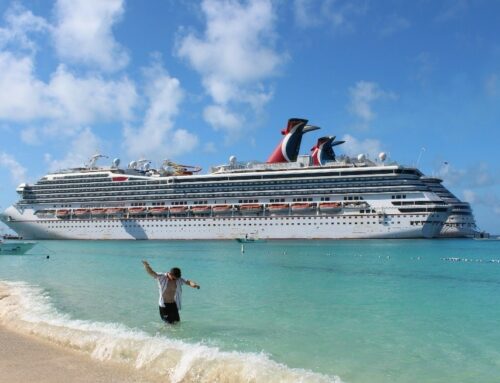Navigating the Road Together: Understanding the “Looked but Failed to See” Phenomenon in Motorcyclist/Car Collisions
Navigating around other vehicles on our roadways is a complex interplay of motion, speed, and, most critically, human perception and decision-making. Among the many scenarios that unfold on the streets every day, one particular type of incident, known as the “Looked but Failed to See”

(Source: LookLearnLive.org)
(LBFTS) Right-of-way Violation (ROWV) motorcyclist/car collision, presents a complex challenge. This phenomenon, extensively studied by safety advocates like the Texas Department of Transportation’s (TxDOT) “Look Learn Live” campaign, underscores a critical aspect of road safety: the human factor. In these incidents, a driver looks in the direction of an oncoming motorcyclist but still pulls out, leading to a collision. The reasons are multifaceted, and rooted in the psychology of perception and attention. As motorcycle accident attorneys, we believe these reasons are well worth exploring.
The Four Chances for Error
The LBFTS collision is not a singular moment of oversight but a sequence of missed opportunities for error correction. Let’s break down these critical junctures:
- Initial Glance: The first opportunity for a driver to spot an oncoming motorcyclist is the initial glance. It’s a crucial moment where the visual search begins. However, due to factors like inattentional blindness, where individuals fail to notice a fully visible but unexpected object because attention is engaged on another task, motorcyclists can go unnoticed.
- Perceptual Judgment: Even when a motorcyclist enters the driver’s field of vision, perceptual judgment plays a pivotal role. Motorcycles, due to their smaller size and single headlight, can blend into the visual clutter of the road, or be misjudged in terms of speed and distance, leading to a false sense of security for the driver.
- Situational Awareness: Roads are dynamic environments with constantly changing variables. A driver’s situational awareness – their ability to understand and process these variables – can be the difference between a safe journey and a collision. Distractions, whether internal like fatigue or external like roadside billboards, can significantly impair this crucial cognitive process.
- Decision to Proceed: The final chance to avoid a collision comes at the decision to proceed. Here, even if the motorcyclist has been seen and the situation accurately assessed, a driver might misjudge the time needed to safely enter or cross the road. This misjudgment, often influenced by the ‘urgency’ factor in busy traffic, can lead to catastrophic outcomes.
Bridging the Perception Gap
Addressing the LBFTS issue requires a multifaceted approach, combining road user education, infrastructure improvement, and vehicle technology enhancement:
- Education and Training: Both motorcyclists and drivers can benefit from advanced training that emphasizes hazard perception and defensive driving techniques. Awareness campaigns also can highlight the specific challenges of detecting and accurately judging the speed of motorcycles.
- Infrastructure Adjustments: Road design can play a significant role in improving visibility and reducing LBFTS collisions. Better lighting, clearer road markings, and dedicated motorcycle lanes are just a few infrastructural adjustments that can make a significant difference.
- Vehicle Technology: Advances in vehicle technology, such as blind-spot detection systems and advanced driver-assistance systems (ADAS), offer promising avenues to reduce LBFTS incidents. These technologies can alert drivers to the presence of motorcyclists, even when human perception falls short.
 The “Looked but Failed to See” phenomenon is a stark reminder of the fragility of human attention and the critical need for comprehensive strategies to enhance road safety. By understanding and addressing the four chances for error, and implementing educational, infrastructural, and technological interventions, we can forge a path towards safer roads for all. In this intricate dance of vehicles, let’s ensure that every participant, be it on two wheels or four, has a chance to navigate safely and be seen.
The “Looked but Failed to See” phenomenon is a stark reminder of the fragility of human attention and the critical need for comprehensive strategies to enhance road safety. By understanding and addressing the four chances for error, and implementing educational, infrastructural, and technological interventions, we can forge a path towards safer roads for all. In this intricate dance of vehicles, let’s ensure that every participant, be it on two wheels or four, has a chance to navigate safely and be seen.
We at the Herd Law Firm, PLLC, are motorcycle riders, too! We support bikers and motorcyclists injured on the road, and have successfully represented such victims seeking the assistance and compensation they so need and deserve.
1/22/2024
Read more here.










